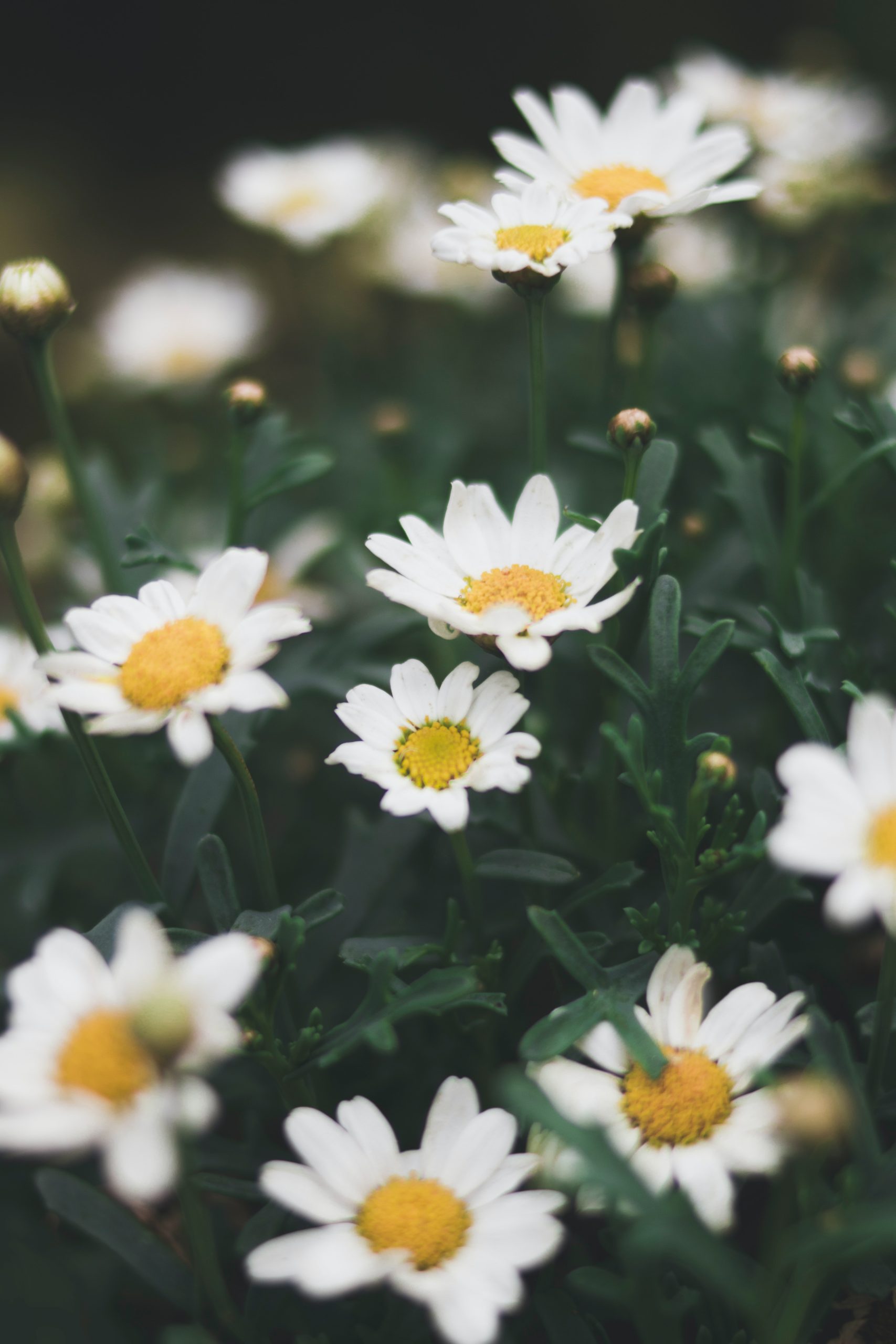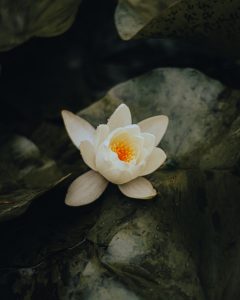Cat in the Stax: May Flowers
By Ethan Shea

Photo from pexels.com by Dominika Roseclay
The saying goes, “April showers bring May flowers,” but it’s May and things are still looking pretty damp. Regardless of the weather, this month is sure to bring lots of natural floral decor.
Our campus is looking green, and flowers have already bloomed, but with the help of Falvey, you can enjoy May’s flowers from the comfort of your home.
Flowers have inspired all sorts of literature, prose and poetry alike, for millennia. They’re usually symbolic of broader themes of texts, such as new life, purity, passion, beauty, and love.
Virginia Woolf’s novel Mrs. Dalloway begins with the line: “Mrs. Dalloway said she would buy the flowers herself.” Here, flowers can be read as traditional symbols of femininity, but they also represent the beauty that can be found in everyday life. Because this entire novel takes place over the course of just one day, finding beauty in the little things is critical to the story.

Lotus Flower photo from pexels.com by Guryan
In Shakespeare’s A Midsummer Night’s Dream, floral imagery is found throughout the play. One passage reads: “I know a bank where the wild thyme blows, / Where oxlips and the nodding violet grows, / Quite over-canopied with luscious woodbine, / With sweet musk-roses and with eglantine.” The magic in this play repeatedly appears alongside the budding natural world.
Some poetic works worth checking out that concern flowers are “The Breath of a Rose” by Langston Hughes, “Roses Only” from Marianne Moore’s poetry book Observations, and Charles Baudelaire’s Les Fleurs du Mal, which translates to The Flowers of Evil.
Lastly, Homer’s epic Odyssey has a section based on flowers. Book Nine describes Odysseus and his crew landing on the island of the Lotus Eaters, who live lackadaisically eating the fruit of lotus flowers. Those who eat the lotus crave nothing more than to relax on the island, delaying their return home. A homeric parallel to this section of the Odyssey can be found in episode five of James Joyce’s Ulysses as well.
 Ethan Shea is a second-year graduate student in the English Department and Graduate Assistant at Falvey Library.
Ethan Shea is a second-year graduate student in the English Department and Graduate Assistant at Falvey Library.